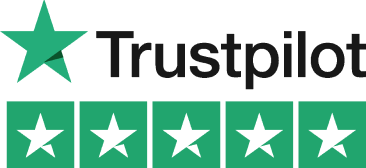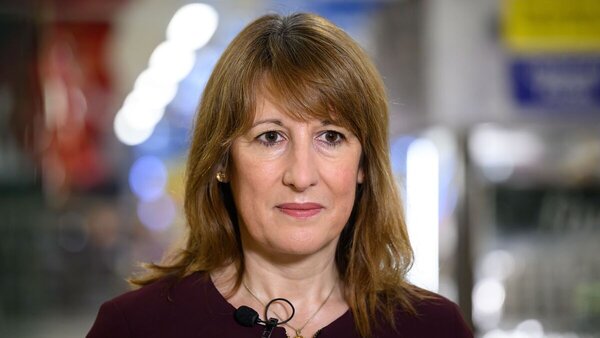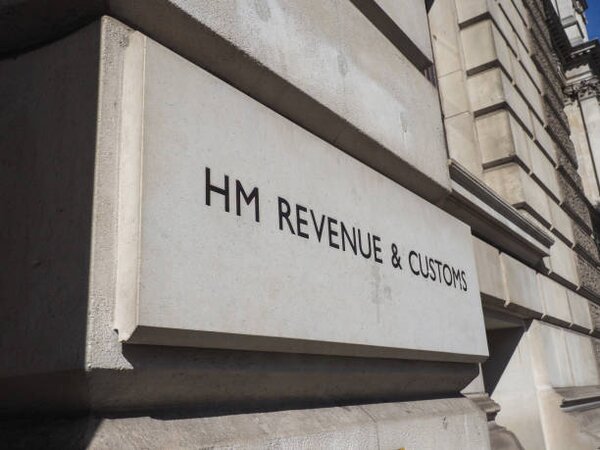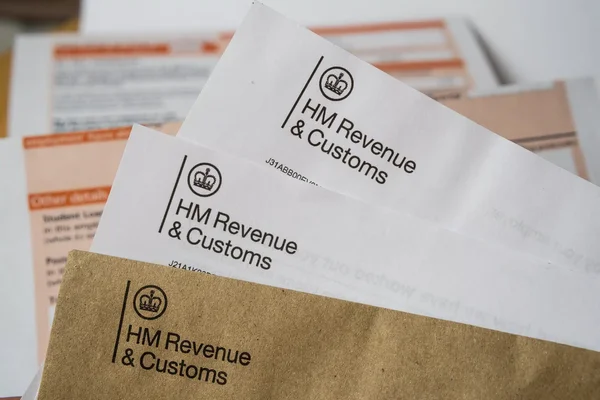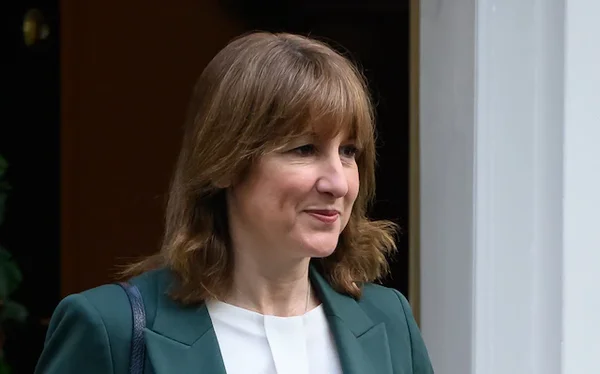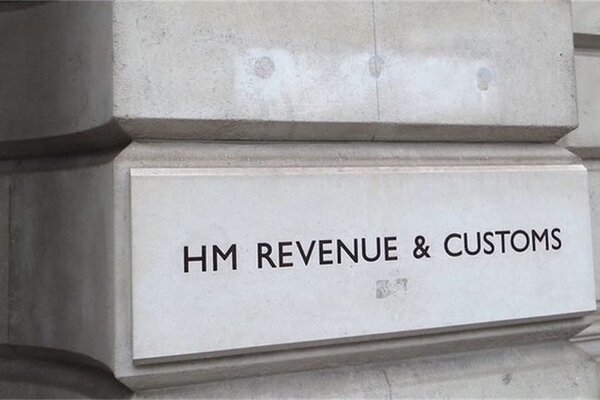Let’s break it down!
Feeling a bit lost when it comes to VAT and how it actually works for your small business? We've got you!
Whether you’ve just crossed the VAT threshold or you’re thinking about registering voluntarily, the whole system can feel like a bit of a minefield at first. The upside? Once you know what to look out for, like the different VAT schemes and when to charge it, it all starts to make sense.
If you’re after a tool that takes the confusion out of it, the Pie Tax app is built to help you manage VAT with confidence (and way less stress).
But if you just want to get your head around the basics first, let’s break it down!
What Is VAT and Why It Matters
Let’s start simple: VAT (short for Value Added Tax) is a type of consumption tax: you pay it when you buy most goods and services in the UK.
It’s added at the point of sale, whether you're picking up a sandwich at lunch or hiring a graphic designer for your small business. The standard rate is currently 20%, though there are reduced and zero rates depending on what you're buying.
For businesses, VAT isn’t just about charging extra on top of your prices, it’s about acting as a middle person for HMRC. If you’re VAT registered, you collect VAT from your customers (that’s your output VAT), and you can reclaim VAT on the things you buy for your business (that’s input VAT). So you’re passing on the difference when you file your VAT return.
It matters because it directly impacts your pricing, your cash flow, and what you can claim back. And yep, if you get it wrong, HMRC will notice.
So getting to grips with it early on saves a lot of future hassle!

When to Register for VAT
So, when do you actually need to register for VAT?
The rule’s pretty clear: if your taxable turnover goes over £85,000 in any 12-month period, VAT registration becomes compulsory. You’ve got 30 days from the end of the month in which you went over the threshold to register. Miss it, and you could face penalties from HMRC.
But even if you’re under the threshold, voluntary registration is an option. Some small businesses choose it to reclaim VAT on things like equipment, software, or office space. It can also make your business look more professional, especially if you’re working with other VAT-registered businesses.
That said, it’s not always the right move. There’s extra admin, you’ll need to submit VAT returns, and it could affect your cash flow.
So it really depends on your setup and whether you’re spending a lot on VAT-able expenses!
VAT Rates in the UK
There are three main VAT rates in the UK, and knowing which one applies to your products or services is key!
The standard rate is 20%, and it covers most goods and services, from retail items to professional services.
The reduced rate is 5%. You’ll see this on things like children’s car seats and home energy bills.
Then there’s the zero rate, which is 0%. This applies to essential items like most food, children’s clothing, and books.
And here's where it gets a bit confusing: something can be zero-rated or VAT exempt, but they’re not the same. Zero-rated means you don’t charge VAT, but you can still reclaim VAT on related business expenses. VAT exempt means you don’t charge VAT and you can’t reclaim VAT either.
It’s a small difference, but it really matters when you’re doing your VAT returns!

VAT Schemes for Small Businesses
When it comes to handling VAT, small businesses don’t have to stick with the standard setup. There are a few VAT schemes out there that can make life easier, especially if your turnover is on the lower side.
The VAT Flat Rate Scheme means you pay a fixed percentage of your turnover, based on your industry. It simplifies VAT accounting by allowing businesses to pay VAT as a fixed percentage of total sales. This scheme is particularly beneficial for small businesses with taxable turnovers of £150,000 or less, as it reduces admin work. However, you can’t reclaim VAT on purchases, which might affect cash flow.
The Cash Accounting Scheme is perfect if cash flow is a bit unpredictable. You only pay VAT once your customers actually pay you, instead of when you invoice them. It can be a lifesaver if you deal with late payments.
The Annual Accounting Scheme lets you file one VAT return a year instead of quarterly. You make advance payments throughout the year, which can be handy for budgeting.
Each scheme has its pros and cons depending on your business model, turnover, and how you like to manage your books. Picking the right one can save you time, and potentially money!
Charging and Reclaiming VAT
Once you’re VAT-registered, you’ll need to get comfortable with charging and reclaiming VAT. It’s basically how the whole system works.
When you charge VAT, it goes on your invoices. You’ll need to show the VAT rate, the amount of VAT, and your VAT registration number. This is your output VAT, the VAT you collect from customers and pass on to HMRC.
Then there’s input VAT, which is the VAT you pay on things like business expenses, tools, or software. As long as the purchase is for business use and you’ve got a valid VAT invoice, you can reclaim that VAT, which is a big plus of being VAT-registered.
Every quarter (or once a year if you’re on the Annual Accounting Scheme), you’ll submit a VAT return. That’s where you show how much VAT you’ve collected and how much you’ve paid. If you’ve paid more than you collected, HMRC gives you a refund. If it’s the other way round, you pay the difference.
It sounds like a lot, but once you’ve done it a couple of times, it becomes second nature!

Paying VAT
Paying VAT might sound like a big deal at first, but once you’ve done it a couple of times, it becomes part of your usual business rhythm.
If you’re VAT registered, you’ll need to pay VAT on your taxable turnover (that’s your sales total, excluding VAT). Most things are charged at the standard 20% rate, though some items are zero-rated or exempt, so double-check what applies to you. You’ll normally pay every quarter, and the deadline is one month and seven days after your VAT period ends.
You can pay in a few ways! Direct debit is the easiest (and means one less thing to remember), but online banking or even posting a cheque still work too. Just make sure your records are spot on, so you’re not overpaying (or underpaying!).
And if you’d rather not think about it more than you need to, the Pie Tax app helps you track your VAT, file returns on time, and stay compliant, without the faff!
Accounting and Record-Keeping
Let’s be real: VAT and paperwork go hand in hand. But it doesn’t have to be a nightmare!
If you're VAT registered, you're expected to keep solid records of what you sell, what you buy, and how much VAT you’ve charged or reclaimed. That means noting down dates, amounts, the VAT rate used, and any little tweaks or corrections along the way.
It sounds like a lot, but using simple accounting software (or even a good spreadsheet setup) can make your life way easier when it comes to sorting your VAT returns.
HMRC expects you to keep these records for at least six years (yep, six!) So staying organised now saves a whole lot of faff down the road. You’ll thank yourself when you’re not scrambling to find that one invoice from three years ago.
Good records also mean you're less likely to make mistakes, overpay, or miss out on VAT you could have reclaimed. Basically? Stay on top of it and future-you will be very grateful!

Common Mistakes to Avoid
It’s easy to slip up with VAT, especially when you're juggling a million other things in your business.
One of the big ones? Forgetting to register when you hit the £85,000 VAT threshold. You’ve got 30 days once you cross it, or HMRC can backdate your registration (and potentially fine you).
Another one to watch out for is charging the wrong VAT rate. Not everything is at the standard 20%: some goods or services qualify for 5% or even 0%, so always double-check before issuing that invoice.
Plenty of folks also get caught claiming VAT on ineligible expenses, like business entertaining, or personal purchases. If it’s not a clear business expense and you don’t have a valid VAT invoice, it’s probably not claimable.
And finally, don’t miss your VAT return deadlines. Late filings can lead to penalties and interest charges that really add up.
Need to double-check the rules? Here’s the official HMRC guidance on VAT returns and registration. Better safe than sorry!
Final Thoughts
VAT can feel like a bit of a maze at first, between the rates, schemes, returns, and what you can and can’t claim, it’s a lot to keep track of. But once you’ve got a handle on the basics, it really does start to make more sense!
The key is staying organised, knowing your deadlines, and keeping those records tidy (yes, even that scrunched-up receipt from three weeks ago).
And if you’d rather not stress over spreadsheets or second-guess your VAT returns, the Pie Tax app has your back. It’s designed to make VAT simple: track your expenses, submit returns, and stay on HMRC’s good side, all in one place!

Make VAT One Less Thing to Worry About
Pie Tax keeps things simple: track your business expenses, file your VAT returns, and keep all your records tidy without the usual stress. It’s designed for small businesses and sole traders who’d rather focus on their work than wrestle with spreadsheets.
You’ll get handy reminders and friendly prompts to help you stay on top of deadlines and avoid costly mistakes.
No jargon, no drama. Just a smarter way to handle VAT. Try Pie Tax today!


